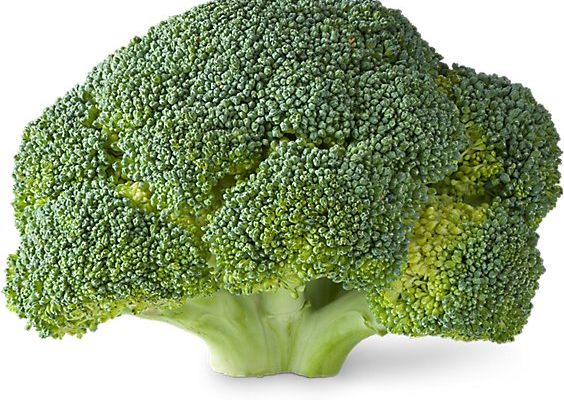Broccoli gets such a bad rap. This is perplexing to those of us who love that green, treelike, stalky vegetable. — Kate Christensen


FAST FACTS
Benefits and nutritional information:
- Famously cancer fighting, laden with vitamins, minerals, soluble fiber, and phytonutrients, broccoli and its rela- tives are among the healthiest ingredients of the human diet.
- Among the bioactive compounds that make broccoli so healthful are some sulfur-containing ones that produce a pungent taste when overcooked. Broccoli that is left a bit crunchy is more healthful and avoids the “Ewww, not broccoli!” response from children.
Starting:
- Broccoli seeds may be started indoors at a temperature of 70 to 75 degrees. They will germinate in 10 to 14 days. Broccoli seedlings require plenty of light to prevent them from becoming leggy.
- Well-established broccoli starts are available for spring planting from garden centers.
When to plant:
- Broccoli is a cool season crop, tending to bolt when temperatures go above 75 degrees. Since broccoli requires about 100 days of growth when grown from seed, or 80 days for transplants, you can make an educated guess as to the latest date for planting in the garden.
- For fall planting, August would be the best month for starting in this region.
- Seedlings must be hardened off prior to planting out in the garden.
Thinning, training
- Space broccoli plants 12 to 24 inches (30 to 61 cm.) apart. Providing more space between plants encourages larger central heads.
Signs of over-watering, nutrient deficiency
- Broccoli requires a slightly acidic soil, rich in nitrogen from compost or manure. Nitrogen deficiency causes the plant to turn yellow and eventually die.
Pests and pest controls
- The most common disease of broccoli is clubroot. Clubroot is indicated by a yellowing, weak plant with malformed roots. This fungal disease is best prevented by crop rotation and a soil with a pH slightly higher (just above 7) than recommended for broccoli. Crop rotation means that you grow broccoli in a location where no other member of the brassica family has been grown for ~3 years.
- Broccoli commonly is attacked by caterpillars, slugs, snails, or maggots. The best defense against these is to install a collar around the stalk of the plant and cover the plant securely with a crop protection mesh.
Harvesting
- The edible part of the broccoli plant is the unopened flower. Ideally, the central head should be harvested when it’s fully developed, but before the individual buds open into small, yellow flowers.
- Signs which indicate broccoli is ready to harvest include a 4- to 7-inch (10 to 18 cm.) tight head with large, dense flower buds. If the buds begin to open, harvest immediately.
- If the plant has bolted (is flowering), it’s too late to pick it.
- To harvest, use a sharp knife to remove the central flower head. Leaving the broccoli plant in the ground encourages side shoots (flower heads) to develop. Although smaller than the central head, these side shoots allow gardeners to continue harvesting broccoli for a longer period of time.


